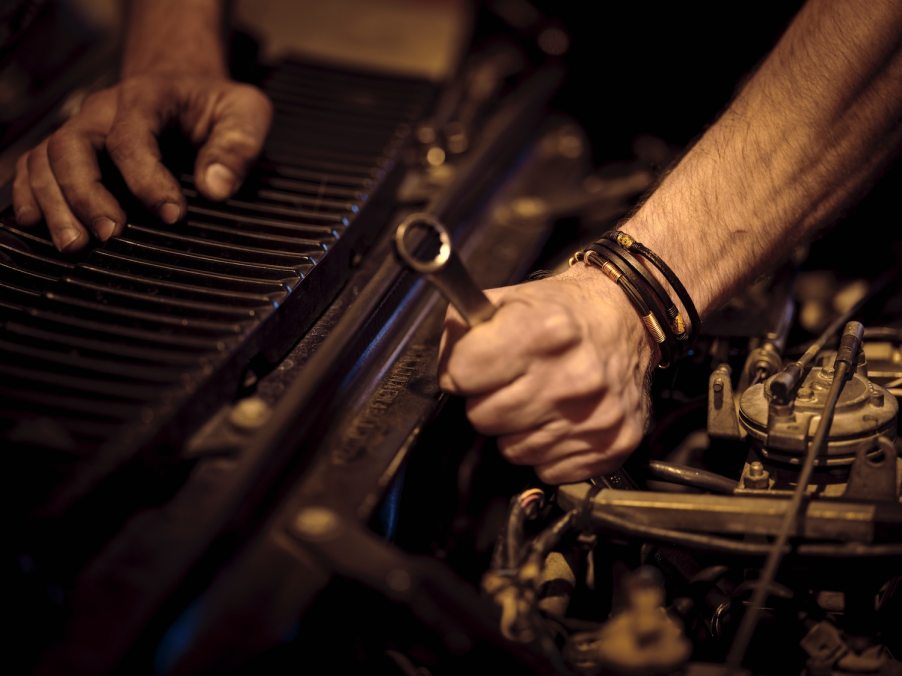
Classic Cars Aren’t Actually Easier to Work On
I can’t remember a time in my life when I didn’t own and wrench on classic cars. I drove them because I loved them, but I was quick to announce they were easier to work on too. It was actually my brother who talked me out of this common opinion; he is a classic car enthusiast too and at the time he was an engineer for Fiat Chrysler Automotive. He convinced me that classic cars and modern cars both present unique challenges, and neither is easier to work on.
Most classic cars aren’t engineered with maintenance in mind

Are you trying to choose a project car? Are you considering a classic car just because you’ve heard they’re easier to work on? The truth is that both old and new cars have their own challenges.
My engineer brother, Xander, argued, “Everything about working on old cars like this isn’t all rosy.” The first thing he pointed out was how modern automotive engineers design vehicles with maintenance in mind. But this wasn’t common practice when most pre-1980 classic cars were designed.
I’ll give you an example: On many modern cars, engineers avoid a free bolt and nut holding a component in place. This is because a car mechanic would need to get a tool to both ends of the fastener to undo it. Instead, they weld a stud in place or weld a nut to the frame so you don’t need two wrenches to twist it free.
Here’s another example: When Xander took apart his Saab 900, he found the Saab engineers had used different types of engine mounts, left and right, so each was as easy as possible to remove. Few owners of cars from the 1950s, 60s, or 70s could say the same.
How do modern engineers do it? They have a virtual CAD model for every possible service tool to make certain a vehicle will be relatively easy to maintain before moving past the design phase.
Many classic drivetrains are designed piecemeal

There’s a larger problem with many classic cars: Manufacturers often reused a chassis for over a decade. By the end of a frame’s run, it was paired with an entirely different (and often larger) engine than it had been designed for. With no overarching engineering plan, a frame rail may end up blocking access to a critical component.
When Xander bought a 1964 Chrysler Newport, he found it was the final year of the full-size MOPAR chassis before it was replaced by the Chrysler C-Body chassis. So its frame and engine bay were originally designed for a flathead straight-six but housed an overhead valve V8.
When he tried to replace the Chrysler’s starter, he found it hemmed in by the manifold, frame rail, and steering linkages. What should have been a quick swap turned into a six-hour ordeal.
Some classic cars do have more room to work on

Older cars do offer some benefits to the hobby mechanic: Pre-1980s cars leave more room to reach components than newer cars do.
And though engineers design newer cars with maintenance in mind, they often must add many more wires and vacuum hoses to work around than you’d find in a classic car. Overall neither type of car is much easier to work on than the other.
Xander said, “Really, you should buy what you want to buy and work on it–and figure out how–because, you know, everything is going to have its troubles, and everything is going to have its own frustration.”
Watch Xander’s musings about maintaining classic cars in the video below:



